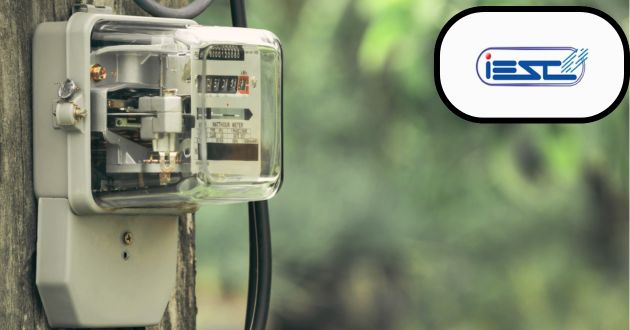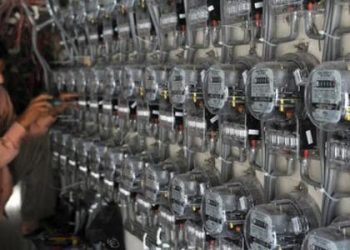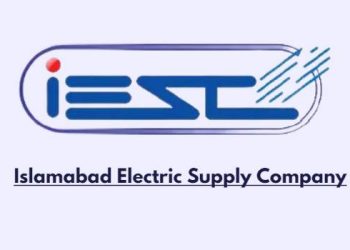RAWALPINDI: The Islamabad Electric Supply Company (IESCO) has efficiently implemented more than 14,000 state-of-the-art Advance Metering Infrastructure (AMI) meters across all tariffs in Rawalpindi, indicating substantial progress in its ambitious upgrade and digitization scheme, set to conclude by June 2026.
Chief Engineer Operation IESCO Muhammad Aslam Khan informed that under the scheme, over 900,000 AMI meters would be installed, initially targeting Rawalpindi City Circle, Rawalpindi Cantonment Circle, and Taxila (Division). He shared this information on Sunday, along with the latest data available until April 14.
Khan mentioned that the project, spanning three years, is slated for completion by June 2026. He noted that a contractor has already been engaged, with approximately 700-750 AMI meters being installed daily. Furthermore, he stated that upon hiring a second contractor, around 2,000 AMI meters would be installed daily to expedite the project.
The project, supported financially by the Asian Development Bank (ADB) with a cost of $89 million, is part of the second power distribution enhancement investment programme under the bank’s financing. The contract for the project was signed on September 3, 2022, with an effectiveness date of January 2023.
Khan highlighted the establishment of the main data center and backup data center at IESCO’s head office and Gujjar Khan, respectively. He emphasized that transitioning to the AMI system would lead to the permanent eradication of power theft, with systematic transmission control enabled by round-the-clock monitoring of electricity meters.
The implementation of this technology is expected to reduce power sector losses, improve billing accuracy and recovery, manage power load shedding, and address consumer complaints regarding billing discrepancies. Khan underscored that the AMI system would eliminate human intervention in meter reading, improve customer support, enable better measurements, accurate billing, and provide consumers with a degree of consumption control.
He elaborated that automated, precise, and timely meter readings would significantly reduce meter reading costs. Additionally, automated alerts would be received at the data center in case of power theft, tripping, power failures, or faulty meters, prompting swift action by the relevant Sub-Divisional Officer (SDO) for rectification.
Consumers will have the ability to monitor their daily electricity consumption and manage their bills through a mobile application. Khan emphasized that continuous monitoring of meter and transformer loads from the data center would significantly decrease transformer and meter burnout rates, along with operational costs for the organization.













